Hitting in MLB The Show 19 has been upgraded and there are several situations encountered during games that require you to have the correct situational hitters to be successful. The free-swinging mentality at the plate can be a good idea with the right batter in the right situation. As you face a higher difficulty level and higher pitch speeds, there is more emphasis on your batter’s ability to catch up to the high fastball and put it in play. Knowing which attributes can benefit you the most in each situation is essential, especially at higher difficulties with a smaller PCI where you must have better timing and accuracy. Let us take a look in detail how you should take advantage of hitting attributes in MLB The Show 19.
Hitting Attributes
There are multiple attribute categories and knowing which ones do what are important when assessing your batters and how to use them. I have listed the attributes I feel you should focus on the most during the course of a season below. Power and Contact are the two main attribute categories involved that apply when the user is controlling the batter. Discipline and Vision come into play when you are managing the game. The last one is Clutch. I specifically add Clutch to this set of hitting attributes because that attribute can specifically be the deciding factor between a win and a loss.
- Power – This attribute determines the ability of the batter to send rockets to the wall or launch balls out of the ballpark. One thing to keep in mind is that there is more risk-reward with power hitters as they are more prone to strikeouts.
- Contact – This is the attribute that basically puts the ball in play, whether that be a weak grounder or a liner up the middle. In MLB 19, there is an increase to power for contact hitters which will translate to more home runs.
- Discipline – This refers to a batter’s ability to be patient at the plate. If they swing at balls outside the strike zone, they will have a lower discipline rating.
- Vision – This is the batter’s ability to pick up a pitch as it is delivered from the pitcher. Players with good vision are able to hit more pitch types.
- Clutch – This is the batter’s ability to get a hit or make solid contact in a clutch situation.
Place Hitters Accordingly
Knowing how each attribute affects your batters allows you to consider the order you place them in the lineup. What are the strengths and weaknesses of your lineup? Does your team posses more power than contact? Do you have a lot of clutch hitters or are you heavy in contact and plate discipline? Once you determine what strategy you want to go with, you can then start placing the hitters accordingly. For example, you can load the top of your lineup like the New York Yankees and stack the majority of your power from the beginning. In a perfect world without injuries, the Yankees lead off with Brett Gardner, with Luke Voit, Aaron Judge and Giancarlo Stanton in the next three, They obviously stack the top of the lineup with big power to put pressure on the opposing starter. On the flip side, if you look at the Arizona Diamondbacks, they don’t have the same power attributes. Therefore, with the Diamondbacks you can take various approaches. You can put all the power at the top of the lineup or spread it out across the lineup so you have the ability to get a bloop and a blast at any moment. Next time you are managing your roster, take a look at how your hitting attributes are placed in your lineup.
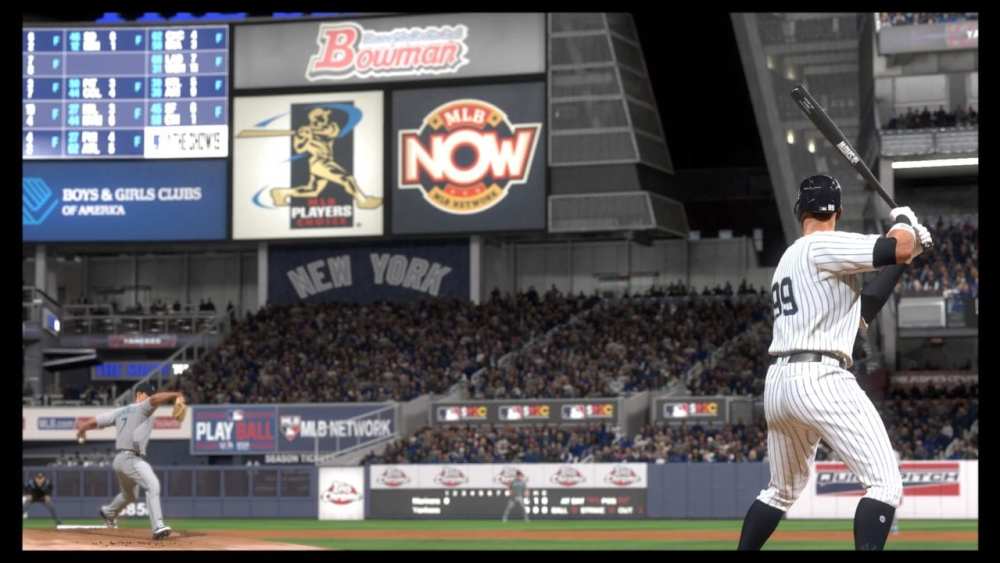
Match-Up Specific Attributes
There are standard hitting attributes such as Power, Contact, Discipline, Vision. However, both contact and power will change based on who the current pitcher in the game is. Let’s take a look at Cody Bellinger. A power left-handed hitter, Bellinger has two sets of attributes. Against right-handed pitchers, Bellinger steps in with power at 84 and contact at 70. But when facing left-handed pitching, the numbers go down to 73 and 59. This has a considerable effect in late-inning situations when the opposing team makes a match-up move and brings in a left-handed reliever.
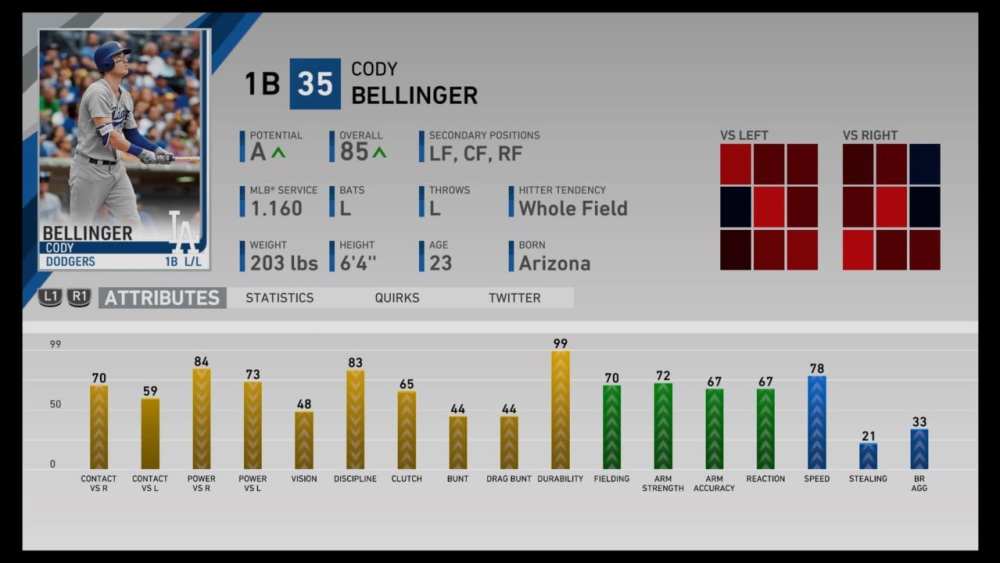
Bench Players Are Important
So you made the decision to stack your lineup with power hitting across the board. You were able to hit great throughout the game and put up six runs through seven innings. However, your pitchers didn’t do their job and you find yourself down by one run in the bottom of the ninth with your pitcher at the plate and your leadoff batter behind him. Therefore you need to go to your bench, but your bench has no power. You now faced going at least two batters before you get to a hitter with some legitimate power. This is not the ideal situation. Organizing your bench with the correct attributes is just as important as your stating lineup. In the situation described, you would want to be able to turn to at least one batter with some power to hit the ball out and tie the game. To get more creative, you can have a left-handed hitter with good power against right-handed arms on the bench but also a right-handed hitter with power numbers against lefties. This will provide the late inning showdowns that often come up in close games.
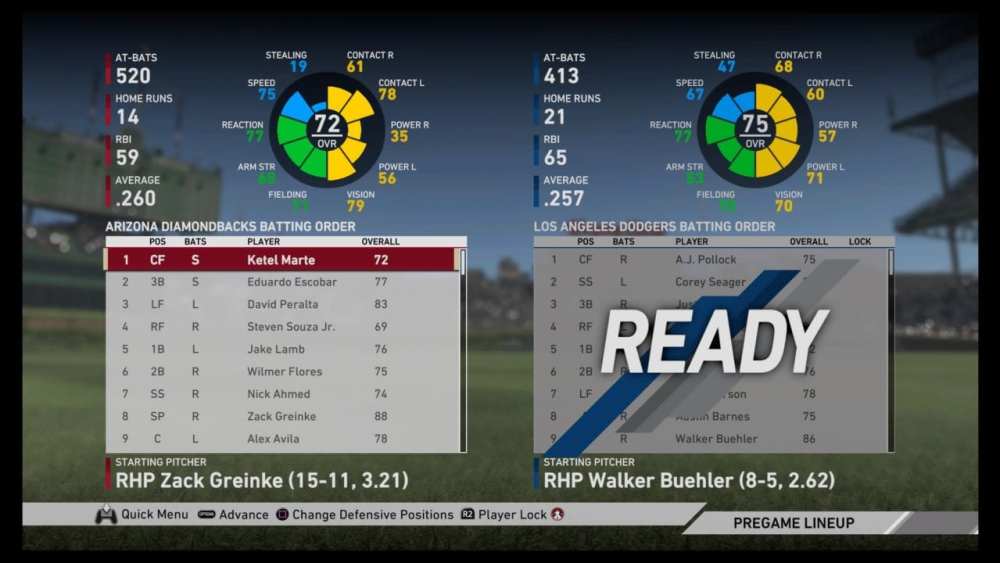
Don’t Forget About Clutch
The walk off is one of the most exciting things that can happen in a baseball game. You can be in a pitchers’ duel or an extra-innings affair and then boom, walk off. Not all players have the ability to get that late inning clutch moment hit, but if you have a couple players in your lineup with high level clutch attributes, then it be useful in those nail-biting moments.
Wrap Up
Hitting has been upgraded in MLB The Show 19. Pitch speeds are higher than ever, and adjustments to the PCI change success rates at the plate. Start by establishing which set of attributes mean the most to you and how you want those attributes distributed across your lineup. Load up on power or play a contact-based, manufactured version of baseball to push runs across the plate. With either strategy, surfing through the attributes your players possess keeps a fresh feel to MLB The Show and has you managing your roster in creative ways. Focusing on attributes may have you utilizing your farm system more than you ever have to try and find that specific match-up you may need for late-inning at bats.


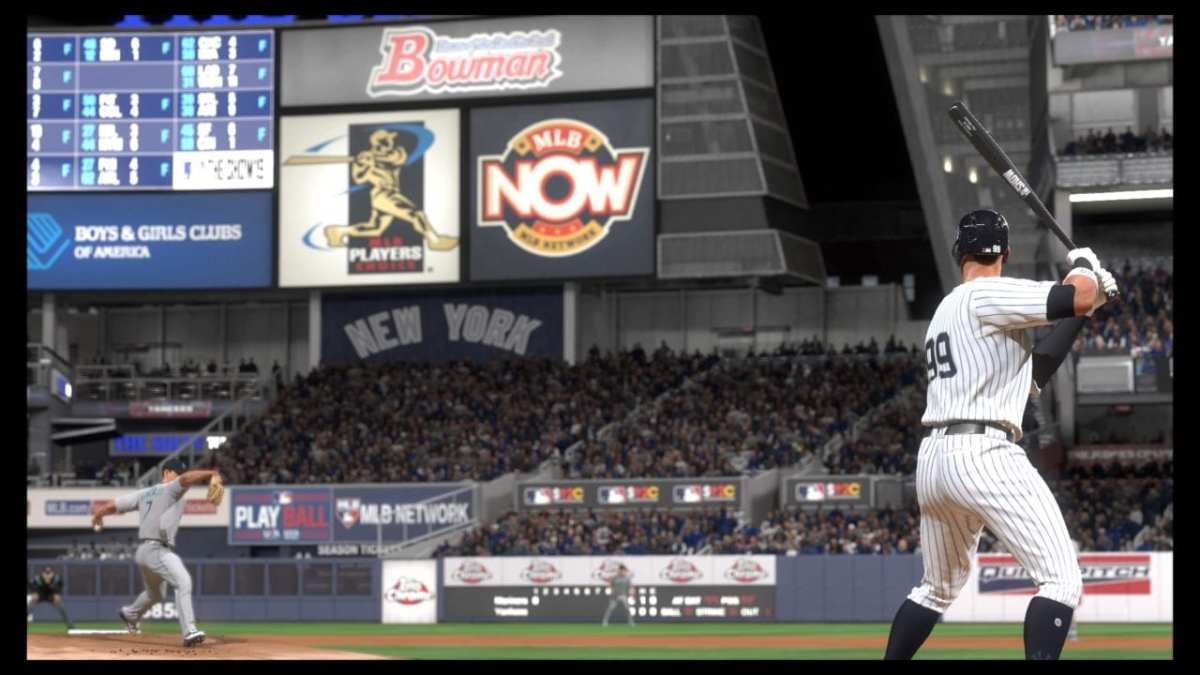
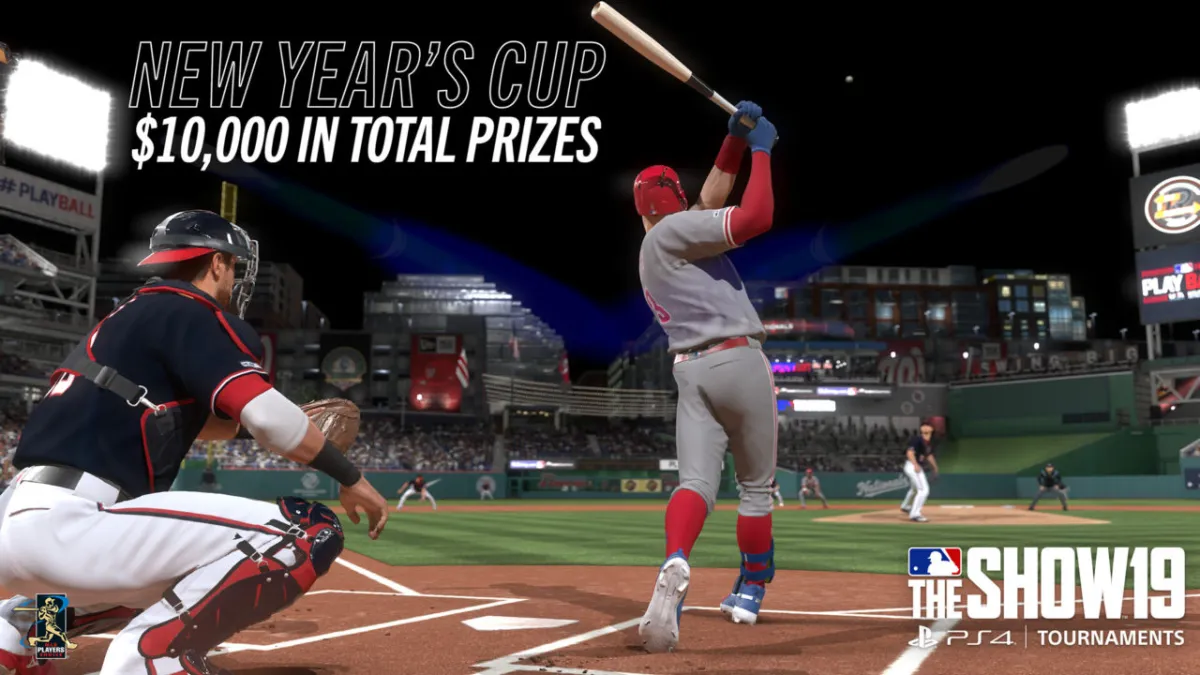
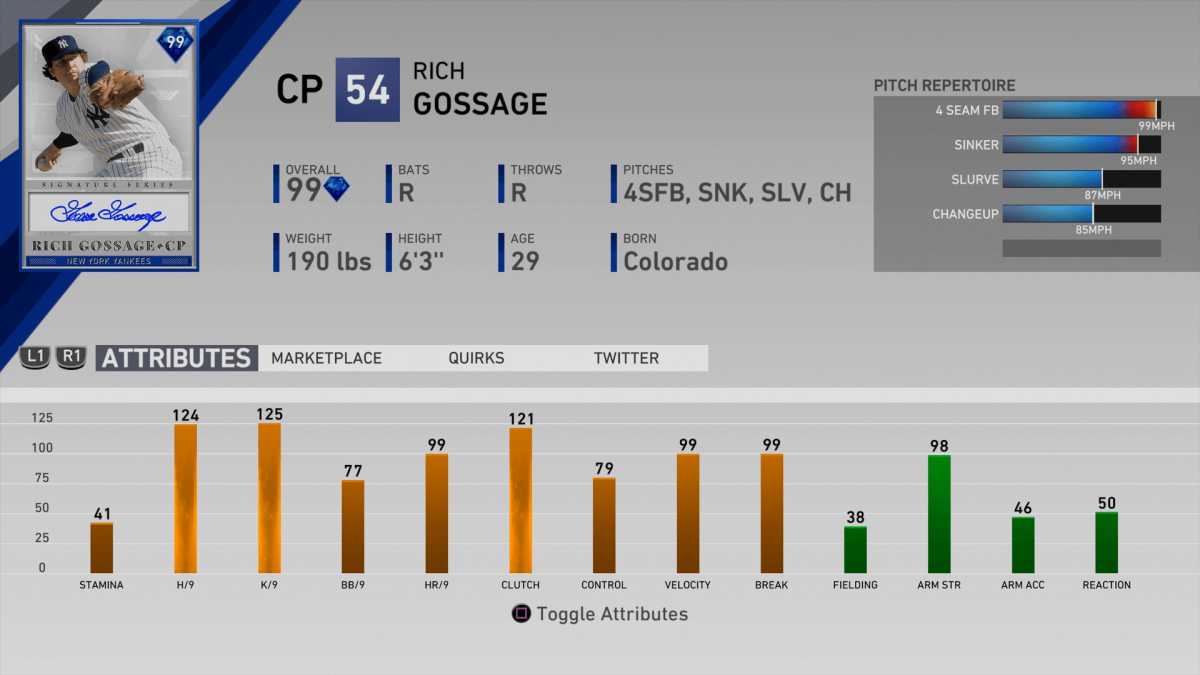
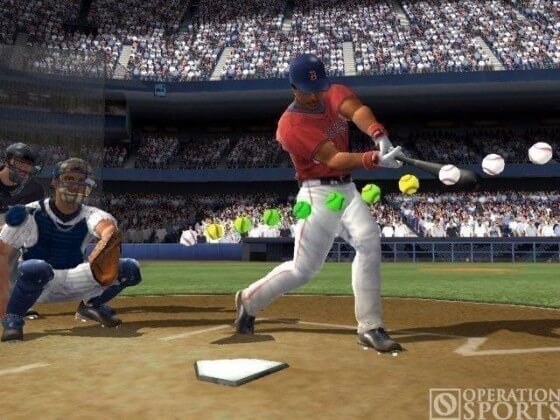
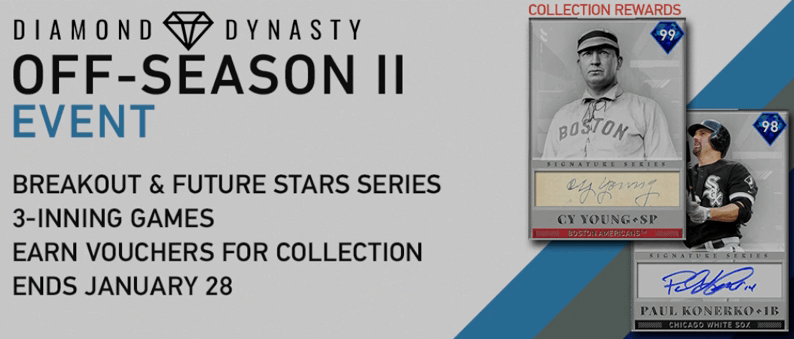
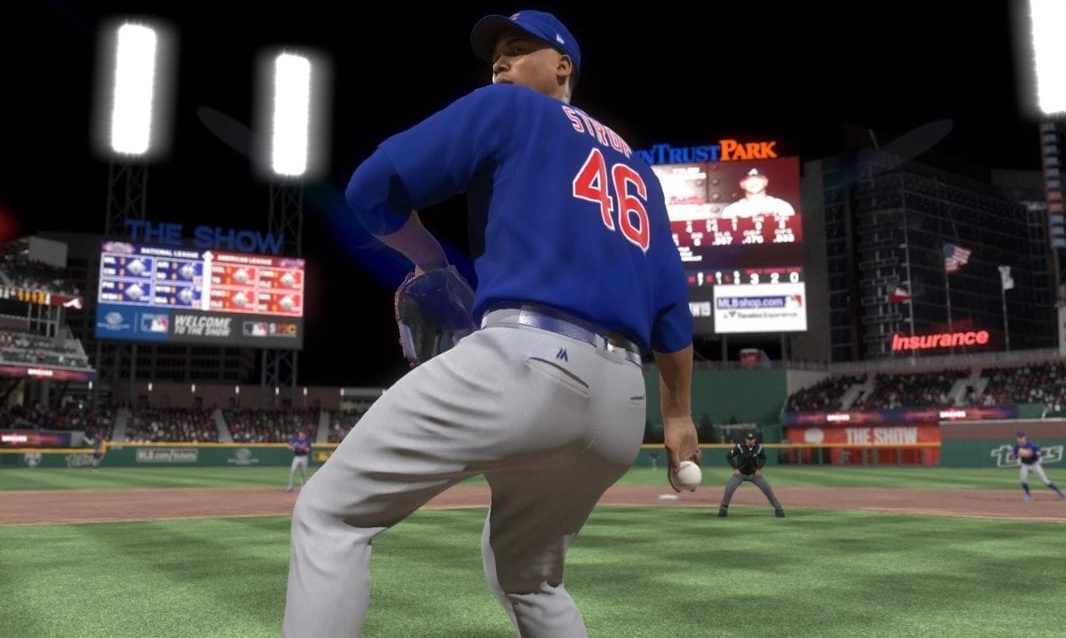
429 Too Many Requests